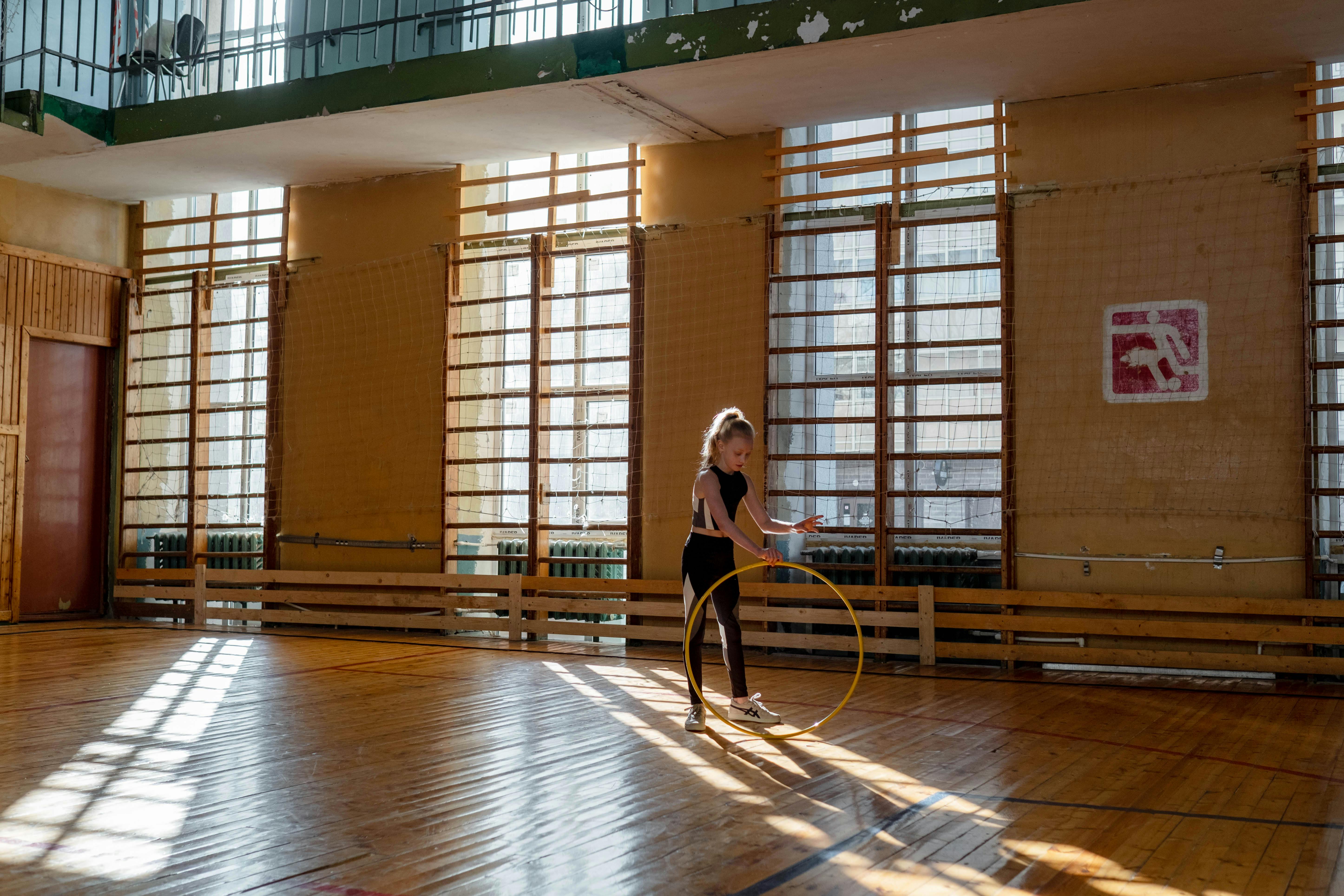Decoding the Mastery of Rhythmic Gymnastics: An Unseen Athletic Marvel
Rhythmic Gymnastics—a sport of grace, agility, and sheer strength. Often overshadowed by its traditional counterpart, this discipline's stunning complexity and physical demands make it a marvel in the world of sports. This article delves into the history, current trends, and the unique training methods of rhythmic gymnastics, offering a fresh perspective on this lesser-known discipline.

The Historical Tapestry of Rhythmic Gymnastics
Rhythmic gymnastics traces its roots back to a variety of cultural practices worldwide. From the dance rituals of ancient civilizations to the group exercises of 19th-century Europe, the sport has evolved to incorporate elements of ballet, dance, and gymnastics. It made its Olympic debut in 1984, and since then, rhythmic gymnastics has continued to evolve, pushing the boundaries of athleticism and artistry.
The Present Landscape: Trends and Transformations
Contemporary rhythmic gymnastics is characterized by its intense competitiveness and rapid evolution. Gymnasts continuously challenge the status quo, incorporating more complex elements and innovative choreography. Today’s athletes are not only expected to execute high-difficulty elements but also to perform them with a level of artistry that captivates the audience and judges alike.
The Training Regime: A Blend of Strength, Flexibility, and Artistry
Training for rhythmic gymnastics involves a rigorous blend of strength, flexibility, and artistic development. Athletes spend countless hours honing their skills, from intricate apparatus handling to executing breathtaking leaps and balances. Despite the challenges, the outcomes vary from improved physical fitness to enhanced cognitive development, making it a holistic approach to athletic training.
The Science Behind the Spectacle
Rhythmic gymnastics, at its core, is a scientific marvel. The sport’s physical demands require a deep understanding of biomechanics and physiology. From the precise timing of a throw to the split-second decisions during a routine, the science behind these movements is as fascinating as the spectacle itself.
The Future of Rhythmic Gymnastics: A Glimpse Into Tomorrow’s Sport
With advancements in sports science and increasing global interest, the future of rhythmic gymnastics looks promising. Athletes are expected to push the boundaries further, incorporating more complex and innovative elements into their performances. As we look forward to the future, one thing is certain - rhythmic gymnastics will continue to captivate audiences worldwide.
In concluding, rhythmic gymnastics is more than a sport—it’s a testament to the human body’s capabilities, an embodiment of grace and strength, and an arena for constant innovation. It’s high time we shine a spotlight on this athletic marvel and appreciate its unique blend of artistry, athleticism, and science.





